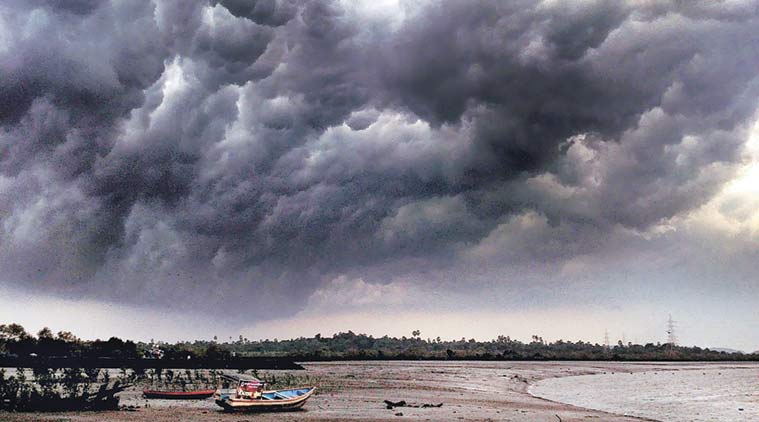Lift to reservoir levels silver lining to cloud
March rainfall is due to rain-bearing wind systems originating beyond Iran, which travel towards north western India and J&K. These ‘western disturbances’ may occur up to several times a month.
 Picture for representational purpose.
Picture for representational purpose.
Unexpected rain in the last four days over most of northern and eastern India has brought back memories of last year which saw the wettest March since 1915, receiving more than double the normal rainfall for the month.
The rain in the last few days has not been that overwhelming, but the Met department says it is likely to continue until at least March 17, and possibly beyond. The country as a whole receives about 25 mm of rain in March; it got more than 50 mm last year.
Rain in March is generally caused by what are known as ‘western disturbances’, rain-bearing wind systems that originate beyond Afghanistan and Iran, picking up moisture from as far as the Mediterranean Sea, even the Atlantic Ocean. They travel in the form of storms from the northwest, and cause rainfall over Pakistan, north and northwest India, Uttarakhand, some parts of the Gangetic plains, and even the northeastern part of the country. These wind systems sometimes build up four or five times a month, and even though they are the primary reason for rainfall in the non-monsoon months in northern and eastern India, not all western disturbances necessarily result in rain.
[related-post]
In the first two months of this year, the country as a whole was nearly 60% deficient in rainfall. Even after the first week of March, when it had begun raining in some parts, the deficiency was more than 30%.
But in the last few days, Shimla and Gangtok have recorded almost 100 mm rainfall, Dibrugarh about 70 mm, and Chandigarh and Aurangabad in Maharashtra almost 50 mm. Many places in northern and eastern India received surprise rainfall.
The forecast is for more rain over north and northwestern India, Gangetic plains and northeastern India. “A fresh western disturbance is likely to affect the western Himalayan region from March 16 night and adjoining plains of northwest India from March 17,” the Met Department has said in its latest forecast, predicting rain in the next week as well.
While the rain may not be good for standing crops, it will certainly boost water levels in the reservoirs of northern and eastern India, which were fast depleting in the absence of any winter rain this season. The total storage in the 91 big reservoirs is only 74% of the normal.
March rain had affected agriculture last year as well but had boosted water levels in the reservoirs, helping them survive the low rainfall in the monsoon months. The reservoirs had been reporting above average storage until the first half of August last year even though July had been extremely dry.






- 01
- 02
- 03
- 04
- 05
































